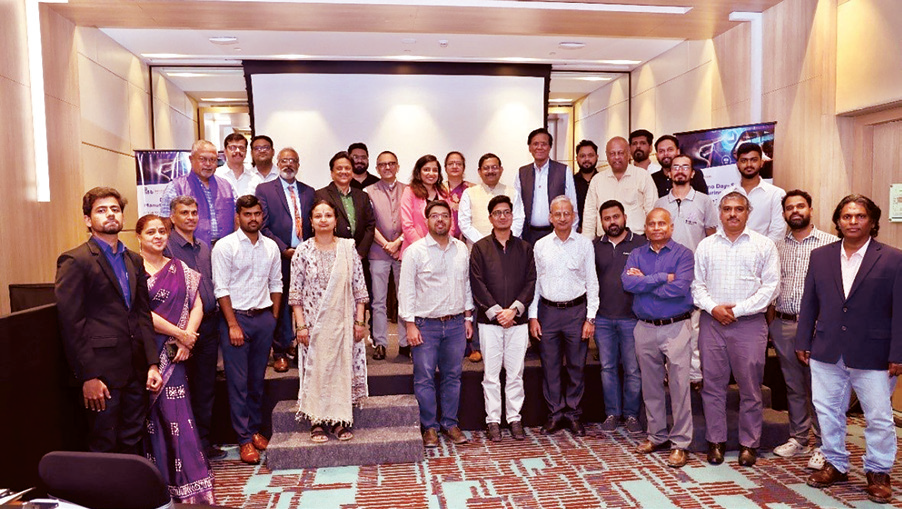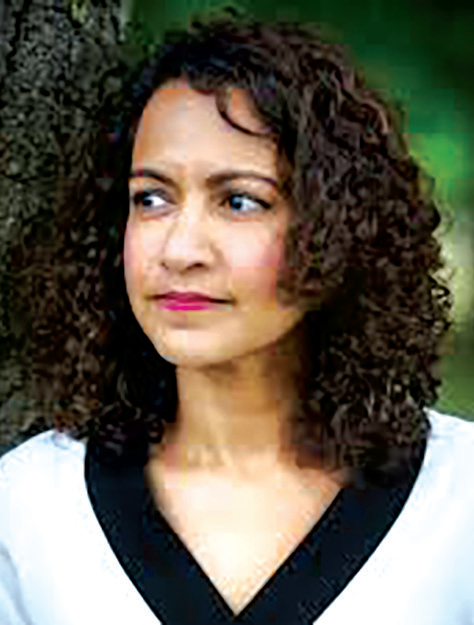
Bonjour Puducherry: French architectural themes and motifs have found their own flowering in the port town of Puducherry
Rachana Ramesh
A few strides through the gridded, cobblestoned lanes of Puducherry’s French Quarter, also commonly called as the White Town and the French Riviera of the East is sufficient to witness marvels of French architecture, sights that are nothing less than a visual treat. To paint a picture – imagine bougainvillaea lined streets, colonial style villas with high compound walls and dreamy doorways, soft flashes of pastel pinks and yellows, and ornate balconies. Large courtyards, iron bars as grills for long windows and stucco designs too.
India’s relationship with France dates back to the 17th century when Francois Bernier, a French traveller and physician, was appointed as the personal physician to the Mughal emperor Aurangzeb. As the French occupation of India expanded its influence on the architectural fabric of the country, their architectural themes and motifs found its own flowering in the port town of Puducherry along the seaboard. Puducherry has witnessed a long history during its existence. Ruled by the Pallava dynasty, followed by the Cholas and the Pandyas, later by the Sultans of Bijapur, Puducherry was only put on the map after the French colony was established. It altogether brought in a new social, political, economic history to the now union territory along with its touch of incredible architecture.
Puducherry was planned to be divided into two quarters – one facing the Bay of Bengal, dedicated to the French while the other was restricted to the native Tamilians. The French quarters were built with French sensitivities in terms of its planning and architecture – bungalows and institutional buildings on large plots. Buildings were designed with European expressions leaving no scope for native references. Today, this portion of Puducherry is a tourist’s delight, an outlet for visitors to experience European street character and its french architecture.
One of the must check out structures here is the 100-year-old Basilica of the Sacred Heart of Jesus church. Located on the south boulevard, this church is an oriental specimen of Gothic Revival architecture. It contains rare stained glass panels that depict events from the life of Christ and saints of the Catholic Church. In recent years it has also turned into a famous pilgrimage spot for Christians. The Basilica of the Sacred Heart of Jesus has also been marked by a special postal stamp and postal envelopes to celebrate its centenary year.
Gothic Revival was a style invented during the middle ages – when architects began to craft churches and synagogues as large, ornate buildings to reflect the magnitude of God and the humble nature of humanity. It has its beginning with the French. The first building credited as Gothic Revival architecture was the Abbey Church of SaintDenis in France, constructed between the 11th and 12th century. Its massive arches, stained glass windows along with elaborate floor plan that allowed the buildings reach exceptional heights has served as a template for religious buildings and secular structures.
On the other hand, the Tamil quarters where the natives lived represent the total opposite of the urban grain. It has rows of houses on the street which meet at right angles. These houses have a unique character as a result of French influence on native Tamil architecture. The internal planning of the houses is very traditional in nature allowing people to live cordially with their customs and traditions but the facades of these houses were designed with greek columns and arches windows to provide the finishing colonial touch. It is believed this exhibits the native people’s urge to please their colonial masters.
The sight of houses where the external columns are of the greek design, whereas the courtyard on the inside are surrounded by traditional wooden columns displays a perfect blend of designs from two different realms. This unique situation where two varying architectural expressions are used to cater to varying needs in a single residential space is a rare view lusciously available in Puducherry.
 English daily published in Bengaluru & Doha
English daily published in Bengaluru & Doha






